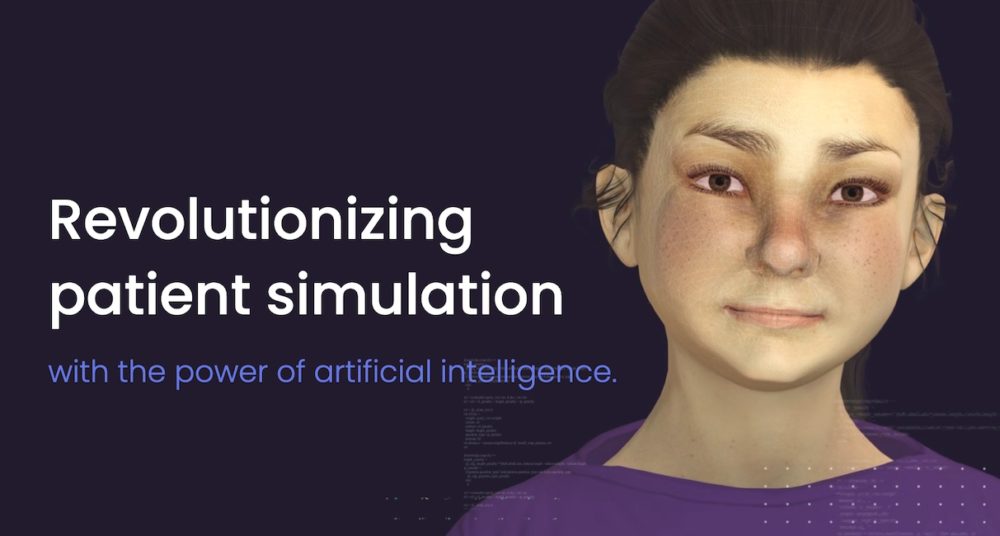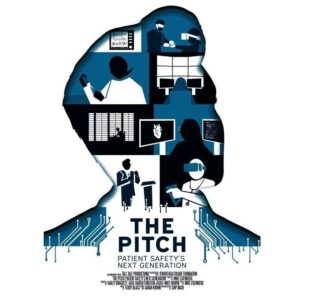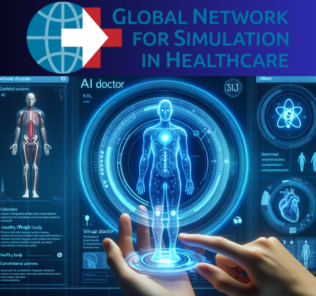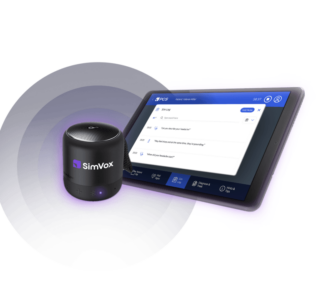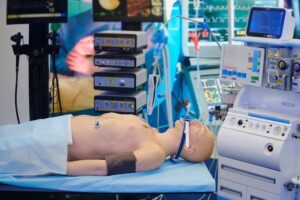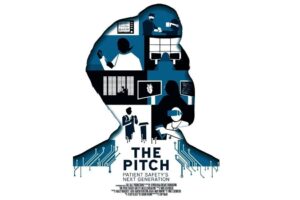PCS Shares Virtual Patient Simulation Platform’s New Features
Recently, PCS made the difficult decision not to attend IMSH 2022 due to the COVID-19 surge affecting Los Angeles (and the world as a whole). While the company may not be in attendance at IMSH in-person this year, that doesn’t mean PCS has been asleep at the wheel regarding the development of exciting new features for PCS Spark — the company’s virtual patient simulation platform. PCS Spark is an innovative virtual healthcare simulation training software that helps students experience repeatable, realistic clinical patient encounters from anywhere. This article details a recent opportunity to sit down with Balazs Moldovanyi, the CEO of PCS, to learn about the strides the company has been making within the software.
When Your Living Room Becomes A Sim Lab
In recent years, virtual reality has become a healthcare simulation tool primarily tethered to clinical simulation centers. This was in part due to the high cost of equipment and necessary (and expensive) gaming PC that was required to run the healthcare simulation.
Sponsored Content:
However, with the $299 standalone Quest 2 VR headset booming in popularity (standalone VR has quickly become the dominant device category, representing 83% of consumer VR headset sales in 2021), Moldovanyi believes a shift is close on the horizon.
“We’re starting to see these VR headsets become more ubiquitous in student’s homes, and while the majority of students are using VR for playing games or watching movies, there’s data to suggest they’d be open to using their headsets for more immersive learning experiences as well,” Moldovanyi said.
This is part of the reason why PCS has been hard at work redesigning their Spark VR experience from the ground up to run across a host of VR headsets, including the Quest 2. The new PCS Spark VR experience is built on WebXR which means that the solution doesn’t require learners to install any apps to their headset.
Instead, they simply need to point their web browser to the Spark web address, and, after logging in, they are transported into the clinic, hospital, or any of the other myriad environments in Spark.
Sponsored Content:
Remote Learning is Here to Stay
“Remote learning, hybrid learning … they aren’t going anywhere, so we shouldn’t be limiting these VR experiences to only the sim lab,” explained Moldovanyi. “With this new approach and VR devices continuing to become more accessible, we believe we can bring some of these simulation-lab like experiences directly to students, where ever they are ”
So, what happens once a student puts on a VR headset and boots up PCS Spark? They are introduced to a whole new level of connection between themselves and their digital patient. Therefore engagement is increased, and information becomes more memorable, all within a controlled learning experience.
By leveraging the AI-communication that PCS is known for, learners are free from menu choices and must rely on their natural communication style. This is for better or for worse, as they converse with their patient the same way they would in an actual clinic.
Though, things really start to get interesting in terms of the physical assessment piece. No longer are learners simply clicking around on different parts of the patient’s avatar. Instead, they have to grab the correct virtual tool, and physically place it on the patient’s virtual body to perform the exam.
Criticism Can Either Make You Bitter Or Better
If redefining their VR application wasn’t enough, PCS has also completely rethought the user interface for Spark.
“It’s difficult to fully accept criticism – it’s human nature to bristle or become slightly defensive when you hear something you might not want to hear. But it’s the criticism from your users that pushes your product to become better,” Moldovanyi. “We could have created more training documentation or explainer videos, but at the end of the day when we asked ourselves, is this what makes the platform better? The answer was no. What was going to make Spark better was an overhaul of the U/I. That’s what’s going to make the difference.”
The benefits of more simplified navigation and streamlined user experience are especially crucial when learners utilize the Spark web app on the smaller screens of mobile devices or in VR headsets. Now the interface prominently features the digital patient avatar front and center, with menu buttons at the bottom that will toggle specific functions while always keeping the patient in view.
“This is really a testament to us listening to our users and implementing their feedback to make Spark better for everyone. Feedback isn’t just for students,” said Moldovanyi.
Try for Yourself: Realizing that many will miss out on experiencing PCS Spark firsthand at IMSH this year, PCS has made available three separate patient cases that anyone can try. Simply visit pcs.ai/IMSH to get started.
Learn More About PCS
For some companies, healthcare simulation is not just a market, but a calling that cannot be escaped. This is true for PCS – a company that started in 2015 and has helped revolutionize patient safety. PCS’s AI-driven patient simulation technology includes virtual patients, wearable simulation, and smart manikins. Further, the company helps clinical simulation centers digitally debrief sessions when the previous alternative was handing out VHS tapes. PCS has also role-played distressed teenager patients to be able to build on a hands-on experience of healthcare simulation.
PCS’s story began back in the 1990s when the founders engaged on a journey around patient healthcare simulation and standardized patient methodologies. The team has since worked with some of the most innovative experts in healthcare simulation as they developed disruptive products.
Overall, the PCS.ai platform is one of the most advanced online simulation platforms. Users can manage all PCS scenarios and medical simulations through an intuitive, easy-to-use web interface. They can author new patient scenarios, automatically assess learning objectives, and enable learner-driven simulation for their learners as well. The PCS Communication engine leverages the latest advances in machine learning and artificial intelligence to constantly improve. Best-in-class speech recognition and speech synthesis combined with custom natural language processing neural networks.
Learn More About PCS
Lance Baily, BA, EMT-B, is the Founder & CEO of HealthySimulation.com, which he started while serving as the Director of the Nevada System of Higher Education’s Clinical Simulation Center of Las Vegas back in 2010. Lance is also the Founder and acting Advisor to the Board of SimGHOSTS.org, the world’s only non-profit organization dedicated to supporting professionals operating healthcare simulation technologies. His co-edited Book: “Comprehensive Healthcare Simulation: Operations, Technology, and Innovative Practice” is cited as a key source for professional certification in the industry. Lance’s background also includes serving as a Simulation Technology Specialist for the LA Community College District, EMS fire fighting, Hollywood movie production, rescue diving, and global travel. He and his wife Abigail Baily, PhD live in Las Vegas, Nevada with their two amazing daughters.
Sponsored Content:



